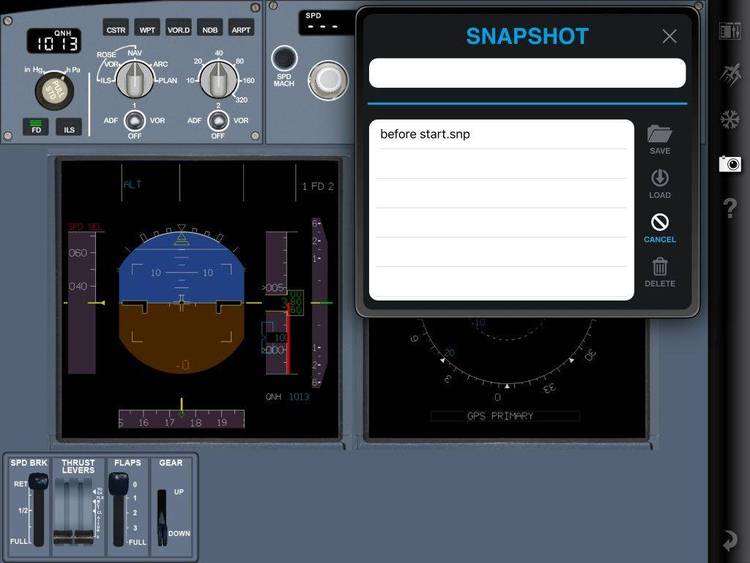Dec 282017
| PC Mechanic Maintenance Management system, version 2.1. Organize your building equipment maintenance. Features rival commercial packages costing $1000’s. E A S Y to use. Many new enhancements. | |||
|---|---|---|---|
| File Name | File Size | Zip Size | Zip Type |
| EMPHIST.FRM | 1990 | 1124 | deflated |
| EMPL.OVL | 10704 | 4866 | deflated |
| EMPLIST.FRM | 1990 | 776 | deflated |
| EQUIP.FRM | 1990 | 769 | deflated |
| EQUIP.OVL | 10944 | 4950 | deflated |
| EQUIPRPT.FRM | 1990 | 582 | deflated |
| INSTALL.BAT | 546 | 307 | deflated |
| INV.OVL | 38448 | 15455 | deflated |
| LOCAT.FRM | 1990 | 570 | deflated |
| MAINTCST.FRM | 1990 | 1101 | deflated |
| PCMECH.DOC | 103826 | 23277 | deflated |
| PCMECH.EXE | 218912 | 91979 | deflated |
| PERFREVU.FRM | 1990 | 867 | deflated |
| PM.OVL | 29504 | 12365 | deflated |
| PMBAKLOG.FRM | 1990 | 587 | deflated |
| PMDONE.FRM | 1990 | 641 | deflated |
| PMMASLST.FRM | 1990 | 982 | deflated |
| READ.ME | 701 | 198 | deflated |
| SENIORTY.FRM | 1990 | 872 | deflated |
| TRADERPT.FRM | 1990 | 387 | deflated |
| UTILITY.OVL | 24176 | 9447 | deflated |
| WOHEQUIP.FRM | 1990 | 810 | deflated |
| WOHLOC.FRM | 1990 | 808 | deflated |
| WORK.OVL | 28032 | 11942 | deflated |
Download File PCMECH21.ZIP Here
Contents of the READ.ME file
*****************************************
* *
* THE INSTRUCTIONS FOR INSTALLING & *
* USING PC MECHANIC ARE INCLUDED WITH *
* THE OTHER FILES ON THIS DISK. THE *
* NAME OF THIS FILE IS "PCMECH.DOC". *
* IT CAN BE PRINTED OUT BY PLACING THE *
* DISK IN THE A DISKETTE DRIVE AND *
* TYPING "COPY A:PCMECH.DOC PRN". *
* *
*****************************************
December 28, 2017
Add comments
